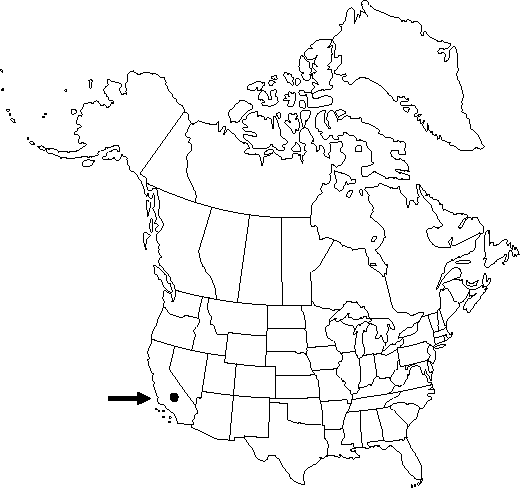Delphinium purpusii
Bot. Gaz. 27: 444. 1899.
Stems (30-)50-80(-120) cm; base reddish or not, nearly glabrous. Leaves mostly on proximal 1/2 of stem; basal leaves 3-5 at anthesis; cauline leaves 4-12 at anthesis; petiole 3-17 cm. Leaf blade round, 1.5-6 × 2-10 cm, ± puberulent; ultimate lobes 0-5, width 5-30(-50) mm (basal), 5-20(-40) mm (cauline). Inflorescences (8-)12-20(-32)-flowered, ± cylindric; pedicel ± ascending, (0.5-)1-4(-5) cm, glandular-puberulent; bracteoles 1-6 mm from flowers, green to magenta, linear, 2-4 mm, glandular-puberulent. Flowers: sepals magenta to rose, nearly glabrous, lateral sepals reflexed, 10-16 × 3-7 mm, spurs straight, 30-45° above horizontal, (10-)14-19 mm; lower petal blades nearly coplanar with claws, exposing stamens, 3-4 mm, clefts 0.5-1.5 mm; hairs sparse, scattered, white. Fruits (11-)18-29 mm, 4-4.5 times longer than wide, glabrous. Seeds: seed coats with small wavy ridges, cells brick-shaped, cell margins undulate, surfaces smooth. 2n = 16.
Phenology: Flowering spring.
Habitat: Talus, cliffs, on and near large boulders
Elevation: 300-1300 m
Discussion
Of conservation concern.
Delphinium purpusii is not likely to be confused with any other Delphinium in North America. Hybrids with Delphinium hansenii subsp. kernense are known to occur.
Selected References
None.
